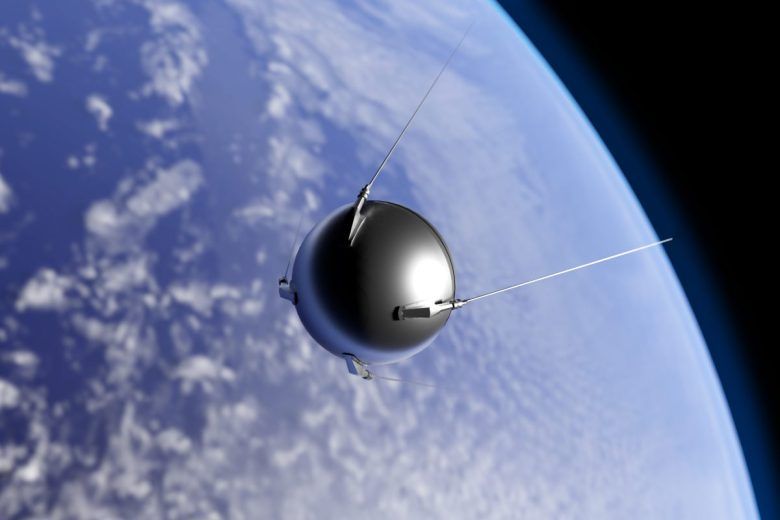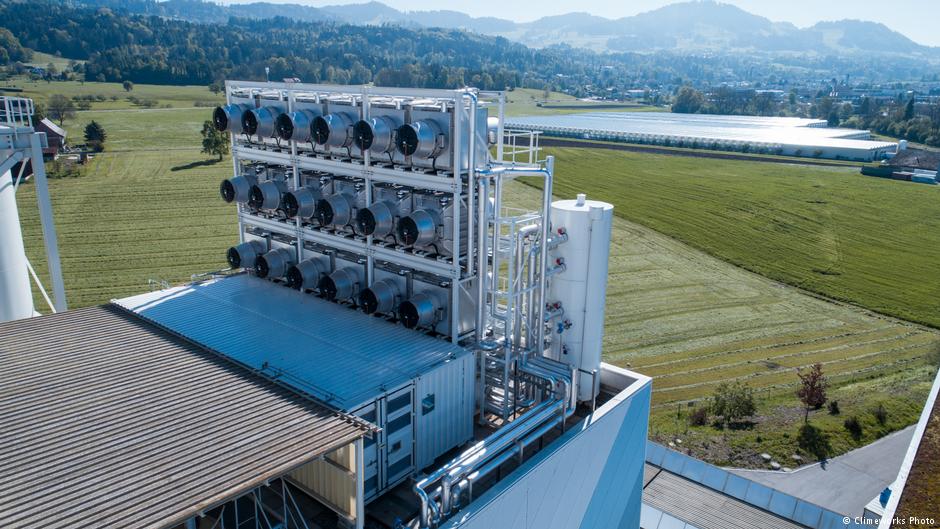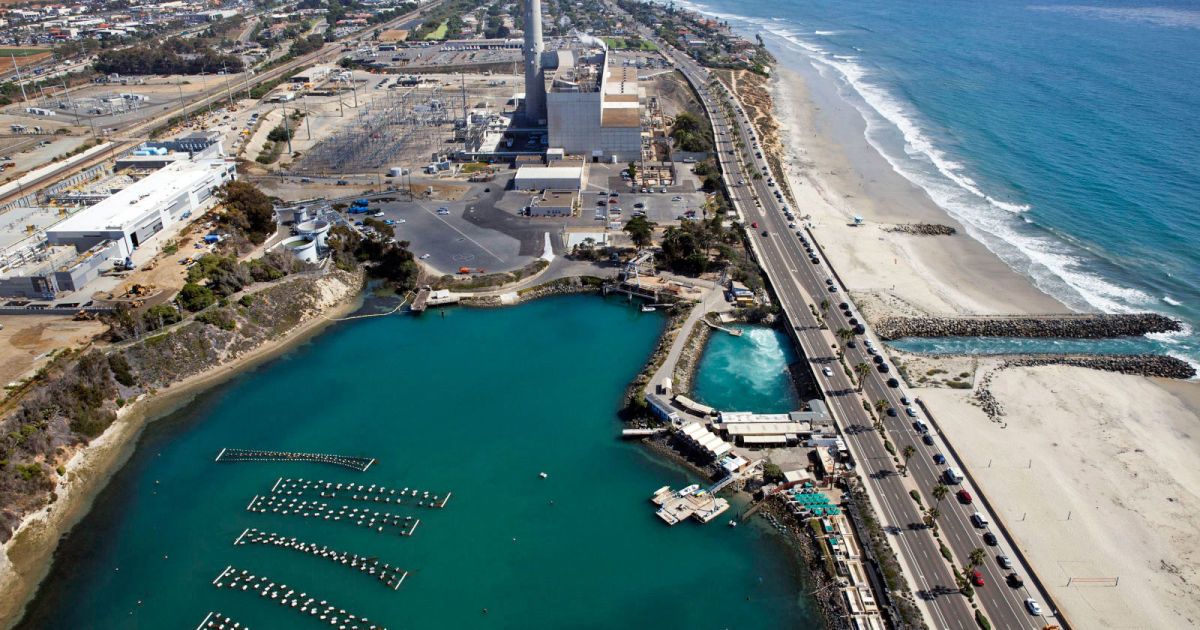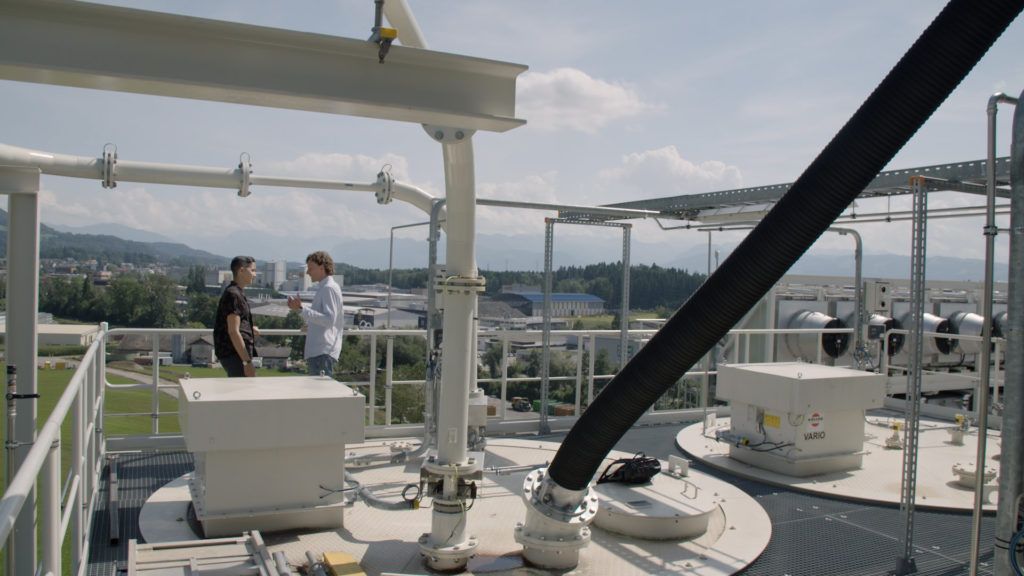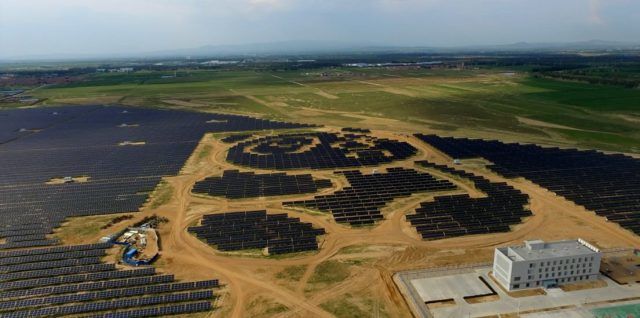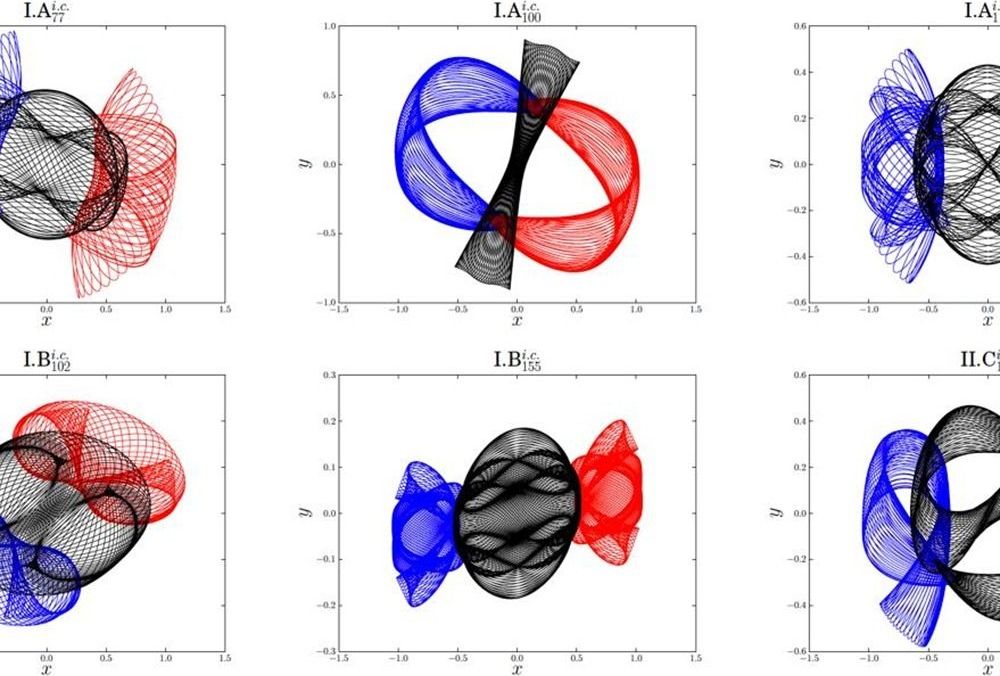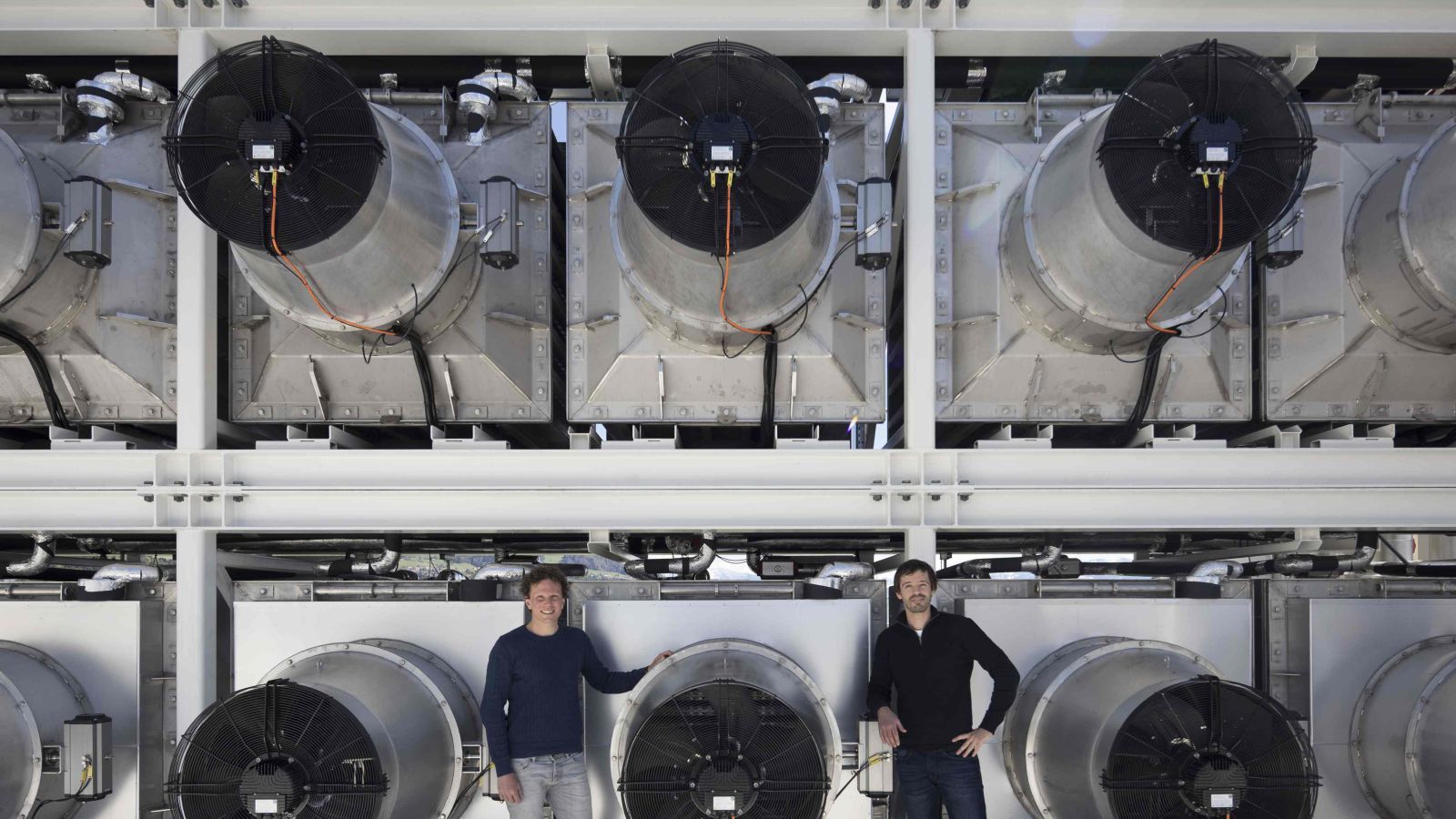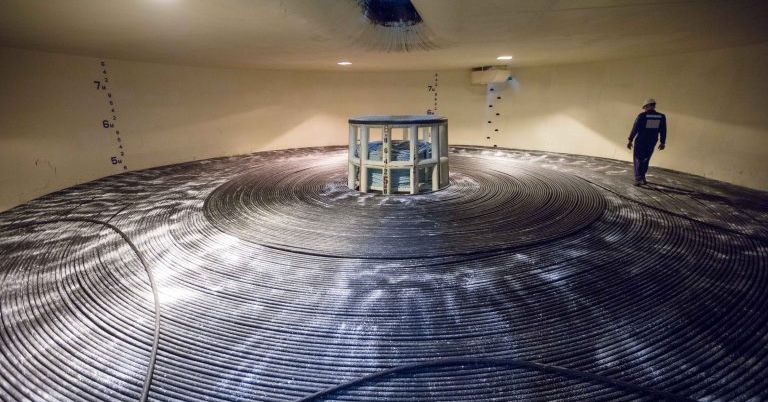Nov 8, 2017
U.S. officials are having a ‘Sputnik moment’ over AI innovation in China
Posted by Dan Kummer in categories: climatology, economics, policy, quantum physics, robotics/AI, security, sustainability
Today’s Sputnik moment is China’s rapid growth as an economic and technological superpower. In 2017 alone, China has outpaced the United States in renewable energy efforts and has become the standard-bearer in combating climate change and advocacy for globalization. Similarly, China is rapidly moving towards taking the lead in technology from the United States and is looking at quantum computing and artificial intelligence as areas for growth to do so.
The Verge recently published an article citing Alphabet chief executive officer Eric Schmidt’s perspective that the United States is falling behind when it comes to research and development in artificial intelligence, particularly compared to the rapid pace of innovation that China has set in the field. Schmidt, who is also the chair of the Defense Innovation Advisory Board, gave those remarks as part of a discussion at The Artificial Intelligence and Global Security Summit held by The Center for a New American Security (CNAS), a nonprofit think tank dedicated to research and analysis on how the United States can make informed policy-making decisions on national security and defense.
